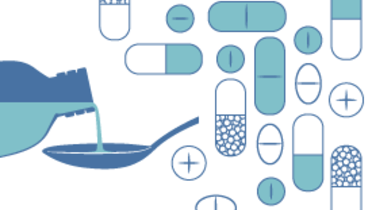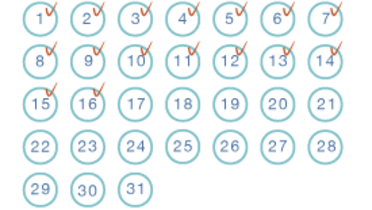-
0
Patient Assessment
- 0.1 Patient demand
- 0.2 Overarching considerations
- 0.3 Local history
- 0.4 Anatomical location
- 0.5 General patient history
-
0.6
Risk assessment & special high risk categories
- 5.1 Risk assessment & special high risk categories
- 5.2 age
- 5.3 Compliance
- 5.4 Smoking
- 5.5 Drug abuse
- 5.6 Recreational drugs and alcohol abuse
- 5.7 Parafunctions
- 5.8 Diabetes
- 5.9 Osteoporosis
- 5.10 Coagulation disorders and anticoagulant therapy
- 5.11 Steroids
- 5.12 Bisphosphonates
- 5.13 BRONJ / ARONJ
- 5.14 Radiotherapy
- 5.15 Risk factors
-
1
Diagnostics
-
1.1
Clinical Assessment
- 0.1 Lip line
- 0.2 Mouth opening
- 0.3 Vertical dimension
- 0.4 Maxillo-mandibular relationship
- 0.5 TMD
- 0.6 Existing prosthesis
- 0.7 Muco-gingival junction
- 0.8 Hyposalivation and Xerostomia
- 1.2 Clinical findings
-
1.3
Clinical diagnostic assessments
- 2.1 Microbiology
- 2.2 Salivary output
-
1.4
Diagnostic imaging
- 3.1 Imaging overview
- 3.2 Intraoral radiographs
- 3.3 Panoramic
- 3.4 CBCT
- 3.5 CT
- 1.5 Diagnostic prosthodontic guides
-
1.1
Clinical Assessment
-
2
Treatment Options
- 2.1 Mucosally-supported
-
2.2
Implant-retained/supported, general
- 1.1 Prosthodontic options overview
- 1.2 Number of implants maxilla and mandible
- 1.3 Time to function
- 1.4 Submerged or non-submerged
- 1.5 Soft tissue management
- 1.6 Hard tissue management, mandible
- 1.7 Hard tissue management, maxilla
- 1.8 Need for grafting
- 1.9 Healed vs fresh extraction socket
- 1.10 Digital treatment planning protocols
- 2.3 Implant prosthetics - removable
-
2.4
Implant prosthetics - fixed
- 2.5 Comprehensive treatment concepts
-
3
Treatment Procedures
-
3.1
Surgical
-
3.2
Removable prosthetics
-
3.3
Fixed prosthetics
-
3.1
Surgical
- 4 Aftercare
Recreational drugs and alcohol abuse
Key points
- Recreational drugs can interfere with implant treatment procedures and treatment outcomes
- Addiction to recreational drugs constitutes a serious risk for implant-based treatment
- Non-implant based rehabilitations should be considered
‘Recreational drugs’: Alcohol abuse, consumption of psychotropic and psycho-active substances
It is important to evaluate signs indicating if the patient abuses alcohol or takes recreational drugs and may have developed addictions. In general these drugs have a psychedelic, perception-altering and hallucinating effect that may initially lead to increased creativity and performance. Subsequently they can cause cognitive disorders and depressive phases with feelings of dejection and signs of fear, phobias, nervous unrest and tension. Therefore, careful scrutiny for the presence of oral mucosal lesions (like candidiasis, facial scarring, intra-oral lumps, hoarseness) and neurovegetative symptoms like transpiration, tachycardia, nausea, increased body temperature, ataxia is indicated.
Alcoholism often leads to tremor and irritability. Addicts tend to neglect their social environment, personal interests and body hygiene. The life of recreational drug or alcohol addicted patients is dominated by organizing the supply and consumption of the drugs. It strongly compromises the possibility and motivation of the necessary patient compliance. The clinician may need to consider referring the patient for additional specialized and psychological/psychiatric advice.
Some recreational drug addictions are considered an absolute contra-indication for implant based therapy. Consider non-implant based treatment alternatives until drug abuse has ceased, preferably for one year, and the patient is again socially adapted and able to comply with obligations for maintenance.
Patient records and confidentiality
Possession and consumption of some recreational drugs may be illegal in some countries and under some laws. Practitioners should ensure that all laws in their community regarding reporting and patient confidentiality obligations are met.



